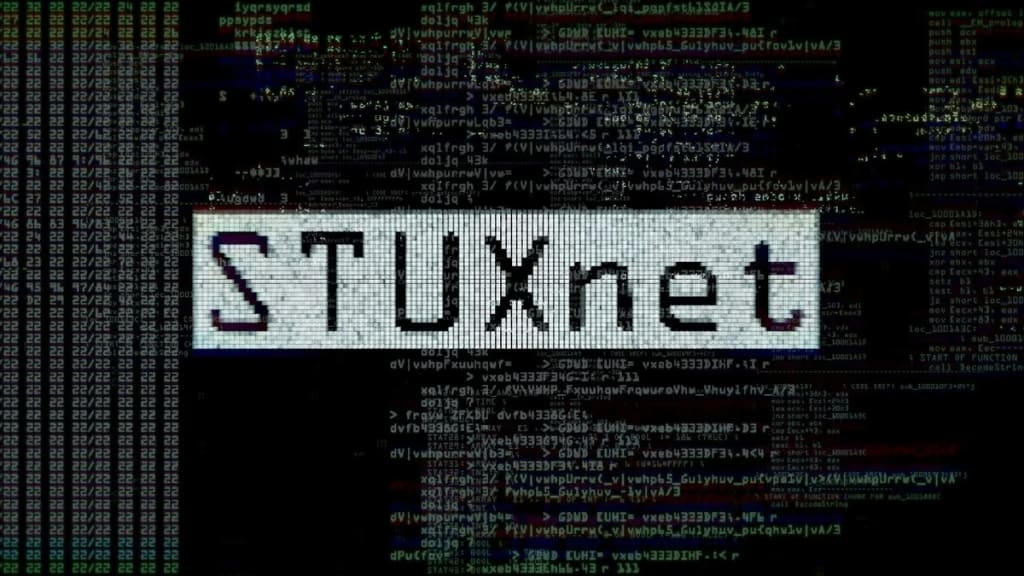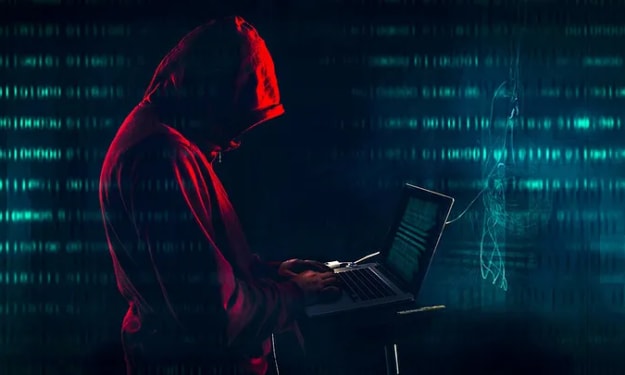Stuxnet | The Computer Virus That Caused World War 3
"Exploring the Origins, Impact, and Global Ramifications of the Stuxnet Virus"

Picture this: it's the year 2010, and the world is facing a new kind of threat - a computer virus unlike any other. This virus, dubbed Stuxnet, isn't your average malware that steals your credit card info or sends spam emails. No, Stuxnet has its sights set on something much bigger: the control systems that run factories, power plants, and even nuclear reactors.
Imagine the chaos if such critical systems were compromised. It's not just about losing data or money; it's about disrupting essential services that keep our society running smoothly. Stuxnet had the potential to halt oil pipelines, destroy water treatment plants, and even bring down entire power grids. The implications were staggering, to say the least.
But let's rewind a bit and explore how Stuxnet came to be. It all started with a series of strange incidents at the Natanz uranium enrichment plant in Iran. Inspectors from the International Atomic Energy Agency (IAEA) noticed that the centrifuges, which are crucial for enriching uranium gas, were malfunctioning one after another. This raised red flags, as such equipment failures were unprecedented and puzzling.
Meanwhile, halfway across the world, a computer security firm in Belarus received an unusual request from a client in Iran. Their computers were acting up, constantly rebooting and wiping their hard drives clean. Upon investigation, the technicians discovered a new and highly sophisticated virus lurking within the systems. This virus, later identified as Stuxnet, was unlike anything they had encountered before.
What made Stuxnet so unique was its level of sophistication. Most viruses are relatively small in size, but Stuxnet was massive, weighing in at a hefty 500 kilobytes. It utilized stolen digital certificates from trusted manufacturers, allowing it to bypass security measures undetected. This level of stealth and sophistication hinted at the involvement of state-sponsored actors rather than lone hackers operating from their basements.
But Stuxnet's complexity didn't end there. It employed not one, but four zero-day exploits - vulnerabilities unknown to software developers and antivirus companies. This made it exceptionally difficult to detect and mitigate, posing a significant challenge to cybersecurity experts worldwide.
Now, you might be wondering: why target Iran's nuclear facility specifically? Well, at the time, Iran's nuclear program was a source of concern for many countries, including the United States and Israel. There were suspicions that Iran was using its civilian nuclear program as a cover for developing nuclear weapons, a claim vehemently denied by Iranian officials.
In an attempt to thwart Iran's nuclear ambitions without resorting to outright military action, it's believed that the United States and Israel collaborated on the development and deployment of Stuxnet. By targeting the control systems of Iran's nuclear infrastructure, they aimed to disrupt its operations and set back its progress towards nuclear weapon development.
But here's the thing about cyber weapons like Stuxnet: once unleashed, they can have unintended consequences and pose risks to global cybersecurity. Stuxnet may have been designed to target a specific adversary, but its code is now out in the wild, potentially accessible to anyone with the know-how to weaponize it for their own purposes.
So, what lessons can we learn from the Stuxnet saga? For starters, it underscores the growing importance of cybersecurity in an increasingly digitized world. As our reliance on interconnected systems grows, so too does the need to protect them from cyber threats.
Furthermore, Stuxnet serves as a stark reminder of the dangers of state-sponsored cyber warfare. While such tactics may offer a seemingly "bloodless" alternative to traditional military action, they can have far-reaching consequences and escalate tensions between nations.
Ultimately, Stuxnet represents a new frontier in warfare, one where lines are blurred, and the battlefield extends into cyberspace. As we grapple with the implications of this new era of warfare, one thing is clear: vigilance and preparedness are key to safeguarding our digital infrastructure and maintaining global stability.





Comments
There are no comments for this story
Be the first to respond and start the conversation.